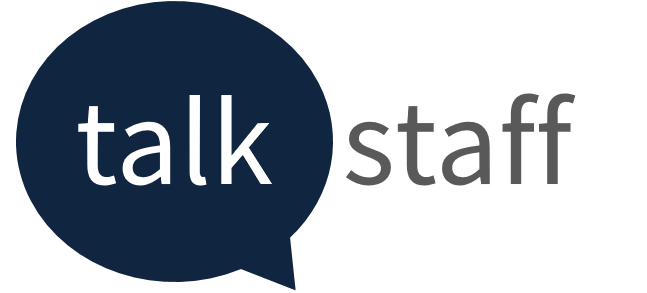Employee Performance – Why aren’t they performing?
- June 6, 2018
- Posted by: Gary Parsons
- Category: Employee Engagement

We often meet with business leaders and hear their frustrations with employee performance. Some have paid thousands for management development training, some even have a department dedicated to employee performance, but they see little result.
Pulling out the HR handbook you flick *or scroll nowadays* to employee performance and the phrases ‘competence’ and ‘conduct’ usually come up.
Well what’s the difference?
- Competence – Has someone got the necessary skills, experience and training to do the job? If not coach them, train them, support them to ensure they’re competent.
- Conduct – Someone has the necessary experience and skills yet they are choosing not to do the job, or not do it correctly…time for performance management etc.
Whilst the handbook and HR models would have you believe it’s that simple, there is more to consider. It’s time to think differently about performance, learning and development.
Thankfully, there is help at hand! Work through the below planning steps, answer the questions and record your answers. You’ll soon have a clear plan allowing you to take action to get your people sorted.
Step 1: What’s the purpose?
Start by asking yourself these simple questions:
- Why does my team/organisation exist?
- How does the work we do align and to the overall business objectives?
- What are people working on in my team/business and of that what is value-add?
Ensure you consult with the people actually ‘doing the work’ as they may have differing and valuable views. Once you have a good idea of the above, break these tasks up into roles that individuals/groups are responsible for.
Don’t forget to identify key measures of success; this will ensure you can measure how effective your change initiative has been.
Step 2: Identifying training needs
Once you have identified clear roles, you now need to identify what skill gaps exist. Unfortunately, having someone in a role can cloud your judgement, so in order to remove your preconceived ideas about existing performance, we recommend that you metaphorically ‘take the person out of the role’ and think:
- What would you expect of (a person) in that role?
Now reintroduce the person you currently have in the role, how do they match up? Where are the gaps? Don’t just think about hard skills, behavioural development is just as important!
Step 3: Tools and training
Everyone learns in different ways and it’s important to consider the different ways the identified gaps can be addressed. These could include:
- Coaching/Mentoring
- One on one training
- E-learning
- Webinars
- 360 feedback
- Classroom style training
…the list goes on. Think about the best way to develop and address the gaps, then you can make a plan of action.
Think about how you will share this with your team, drive engagement and get them onboard with the journey.
Step 4: Evaluate it
A key step for all people led initiatives is ensuring you’ve achieved what you set out to. Go back to your key measures of success and review your new landscape against these.
- Where are there still gaps?
From gaining a better understanding of your teams/organisations purpose you can start to ‘map out’ clear objectives for departments, teams and individuals. Only after this can you truly refer back to the competence/conduct model above, backed up with a clear performance management approach.
—
For more information on how Talk Staff Group can help you think differently about the people agenda in your business and sort out your performance challenges in your team then please visit Employee Performance and Development and let’s talk!
Last Updated on 4 years by Gary Parsons





